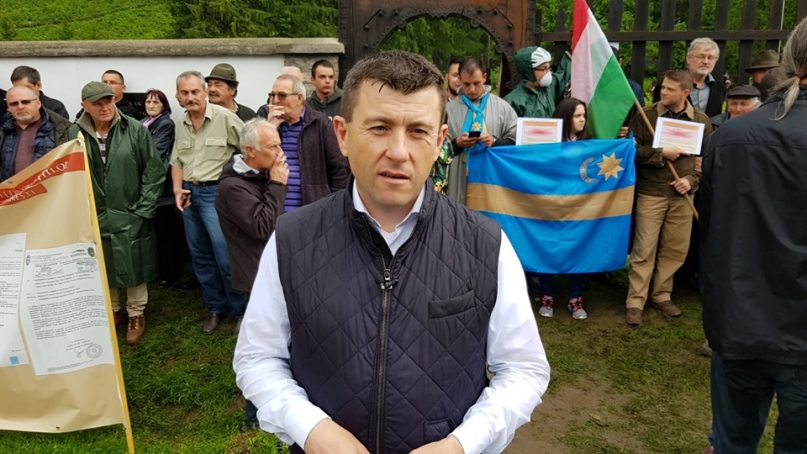In its final decision on Tuesday, June 14, the Marosvásárhelyen (Târgu Mureș) Court ordered the prefect of Bákó (Bacău) County to issue all legal documents in its possession concerning the Úz Valley cemetery. The judgment was published on the portal of the Romanian courts.
The lawsuit against the Bákó County prefect was initiated by Hargita County Council President Csaba Borboly, as an individual, after the prefect rejected his request for data.
Borboly told Hungarian news agency MTI that the requested documents could prove that Dormánfalva (Dormánfalva) had taken the cemetery based on false documents, and could be important evidence in all 12 lawsuits filed regarding the Úz Valley cemetery.

Csaba Borboly explained that he started the data request at the Dormánfalva Mayor’s Office. The office tried to prove to him that the Úz valley cemetery was part of the settlement in Bákó County in 2001, giving him dubious documents, with no stamps, seal or signatures. Borboly added that any municipal decision is valid only if it was submitted to the county prefect, so he thought the prefect could prove if the documents provided by Dormánfalva were legal. That is why he requested copies of these dubious documents from the prefect.
“If the prefect announces that it does not have these documents, the falsification becomes obvious and the whole Úz Valley issue may take a turn, from a criminal point of view. If the prefect issues all the papers, and it turns out that everything was legal, then only new information will come from this data request,” Borboly said.
The County Council President also mentioned that there are 12 lawsuits regarding the Úz Valley cemetery and all of the lawsuits are based on the unsolved border dispute between Csíkszentmárton (Sânmartin Ciuc) and Dormánfalva, as both of the settlements claim that the Úz Valley cemetery is their property. Based on this, the small town of Bacău County issued a building permit for the transformation of the graveyard and has already carried out an entire construction.
Title image: The Hungarian wood and the new Romanian crosses in the military graveyard